Almost every facet of the digital content lifecycle is evolving as a result of the development and widespread use of generative AI. Progress can feel like being thrown from a catapult at times, or it can be a smooth, linear line at others. Gen AI is as subtle as a cannonball when it comes to content creation, and its effects are seen everywhere, from email marketing to social media.
The phrase ‘Content Supply Chain’ is rapidly assimilating into the new lingo used in digital marketing that is infused with AI. Is this, however, an instance of the past being prologued? Is the idea of this supply chain a net new trend that we should be closely monitoring, or does it build upon earlier ideas?
So let’s take a closer look at content supply chains.
What is Content Supply Chain?
Every firm must have an end-to-end procedure called a content supply chain in order to provide the content needed for their marketing campaigns and customized client experiences. It can range from a small group of individuals involved in the creative process to a huge, international company with operational teams, executives, marketers, creatives, and external agencies.
Also Read: What Is Digital Ad Curation? A Guide for B2B Marketers
Scaling the production of high-quality, captivating content has become essential for practically every company. Sixty percent of individuals are motivated to look for a product after reading about it, and forty-seven percent of business-to-business (B2B) purchasers read three to five posts before speaking with a salesperson.
However, 87% of participants in Adobe’s 2023 State of Work Research study claim to have trouble managing material throughout its lifecycle. In this instance, the content supply chain aids companies in overseeing the entire content production process, from conception to advertising.
How is the Effectiveness of Content Marketing Enhanced by a Digital Content Supply Chain?

The entire process of creating and selling content is streamlined in numerous ways by a supply chain.
Here are a few instances:
- Streamlined procedures: Integrated workflows that allow all parties to work transparently and collaboratively to produce their best work.
- Resources available to you: Tasks can be assigned and managed centrally. Additionally, save and store resources for later use.
- Quality consistency: Ensure that all jobs adhere to Standard Operating Procedures (SOPs) and briefs to improve output and content quality.
- Faster time-to-market: Teams may publish information everywhere at once thanks to omnichannel delivery.
- Insights derived from data: You will be able to target with precise customisation thanks to robust analytics and the option to test across any channel.
- Reduced expenses: Production costs can be decreased by utilizing a single tool to minimize redundancies and optimize resource allocation.
Benefits of a Content Supply Chain
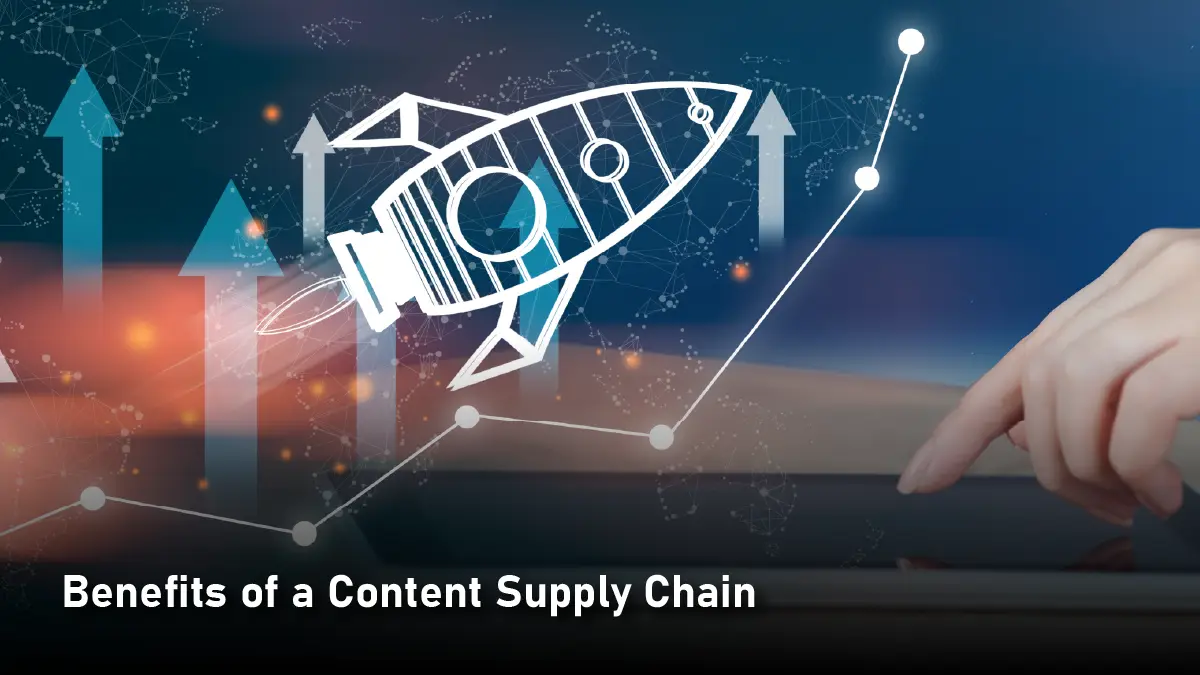
Businesses that successfully use a supply chain model reap a number of noteworthy advantages. The following are some of its advantages:
● Boost Productivity and Market Speed
Workflows are streamlined in these supply chains, and automation is used to accelerate the delivery of content. In many instances, you might even discover that you now lack any procedures for approving content ideas, moving them along to the creation stage, and finally receiving final approval. Meeting brand requirements is tackled head-on with approval workflows.
In order to support timely, tailored experiences, enterprises must produce more content at a faster rate due to the exponential growth in content needs. Additionally, 75% of CEOs and content professionals believe that they need to improve the delivery of consistent experiences across channels, and 9 out of 10 think they need quicker access to content assets.
● Improved Visibility in the Content Creation Process
You may identify all stakeholders and map out important communication milestones by defining and following a process. If an asset is prepared for review, when should your creative director be informed? How soon can your social media team start promoting that fresh content? To improve coordination among all parties engaged in the content process, these supply chains encourage transparency.
● Making Use of Cutting-edge Technology such as Generative AI
A supply chain technique related to content has become necessary due in large part to tools like generative AI. Due to the significant reduction in the time required to produce high-quality material, there are now both opportunities and challenges. The workflow procedure offered by the this supply chain allows for the maximum use of this technology while preserving high standards of quality and consistency.
● Flexible and Scalable Content Production Process
A method that can handle higher demand without experiencing more mistakes or delays is said to be scalable. To create high-quality content, these supply chains take advantage of contemporary technology such as generative AI, marketing automation systems, and no-code content creation tools. You have a process that keeps everyone informed and productive when you include tools like project management and collaboration software.
● Enhance the Quality of Content
The content supply chain’s organized procedures guarantee that the material is both of excellent quality and pertinent to the target audience. Defining your audience, distribution channels, and the purpose of your content creation are important phases in your workflow. You have a plan in place from the beginning for producing top-notch content.
● Improved Resource Allocation
Asset management is a crucial part of content supply networks. You can cut down on redundant content and make content more accessible to everybody by making it simpler to store and manage, regardless of whether you use Adobe Experience Manager or another digital asset management platform.
● Making Decisions Based on Data
The real fun starts once your content is shared! You have the resources to measure results since a supply chain places a strong emphasis on analytics, reporting, and optimization. This establishes a feedback loop that allows you to keep improving the caliber of your content.
Stages of the Content Supply Chain
The following phases are used in the content supply chain lifecycle:
● Strategy and Planning
At this point, you are either organizing your content schedule or assessing how individual pieces of content relate to the larger scheme of things. The strategy element is crucial and will guide the way you configure your workflows. The advantages of this supply chain begin to accrue when the approaches are difficult to plan out without a sense of the general direction.
● Content Creation and Production
Content is created from ideas. Creative teams are able to focus on what they do best; creating content that makes an impact—because of the careful planning and strategy process. To keep everyone informed, this step will involve your no-code tools and, ideally, interact with your project management systems.
This stage could easily be divided into more manageable substages that concentrate on approvals, quality control, review, and content production.
● Asset Management
The capacity to handle material at scale must be matched by the ability to produce content more quickly and effectively than ever before. Using metadata and tagging the content to make it easy for internal teams to locate and utilize is just as important as managing the content in a centralized repository.
● Content Distribution and Delivery
Even though many people say that content is king, you might argue that context is more important than content, as how you present your content, who sees it, and how it is formatted all have a significant impact on your success. As we will see, one of the most important aspects of this supply chain is distribution.
● Reporting and Optimizations
Analyzing the content’s performance is the last step. This entails examining indicators unique to each platform, such as SEO or social media performance. You can go from producing quality content to material that you can’t ignore by incorporating those discoveries into subsequent pieces of content or by optimizing the content.
Wrapping it Up
Creating a content supply chain that works well is something that every company should do. It enables you to create excellent content more quickly and build more individualized, meaningful relationships with your clients. Additionally, it improves the experience of the worker who performs the backstage tasks. A win-win situation.
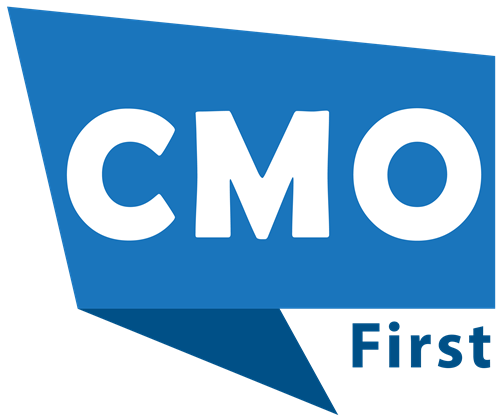




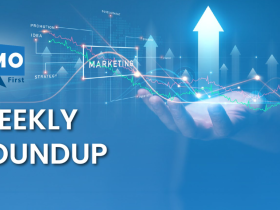





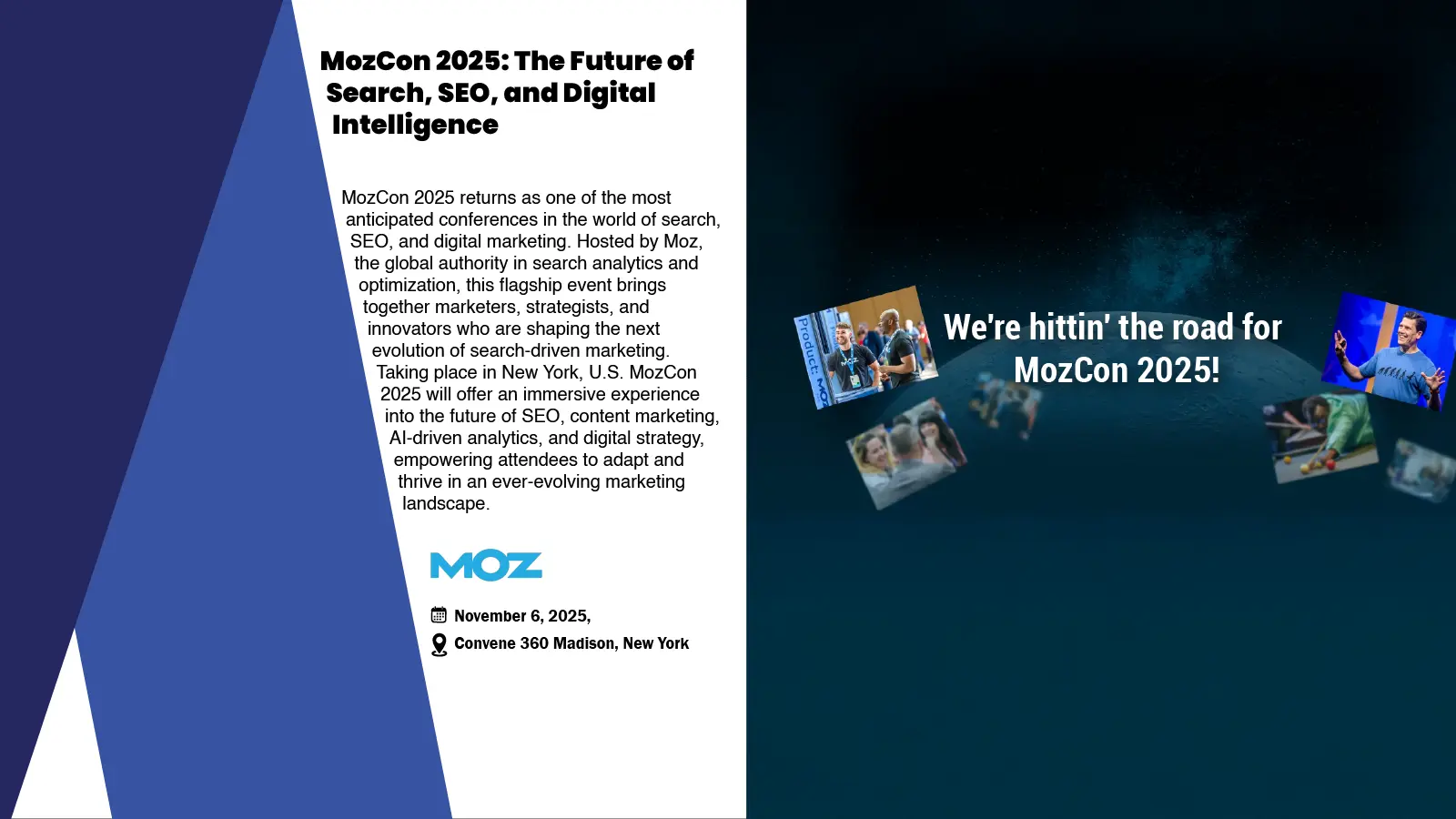



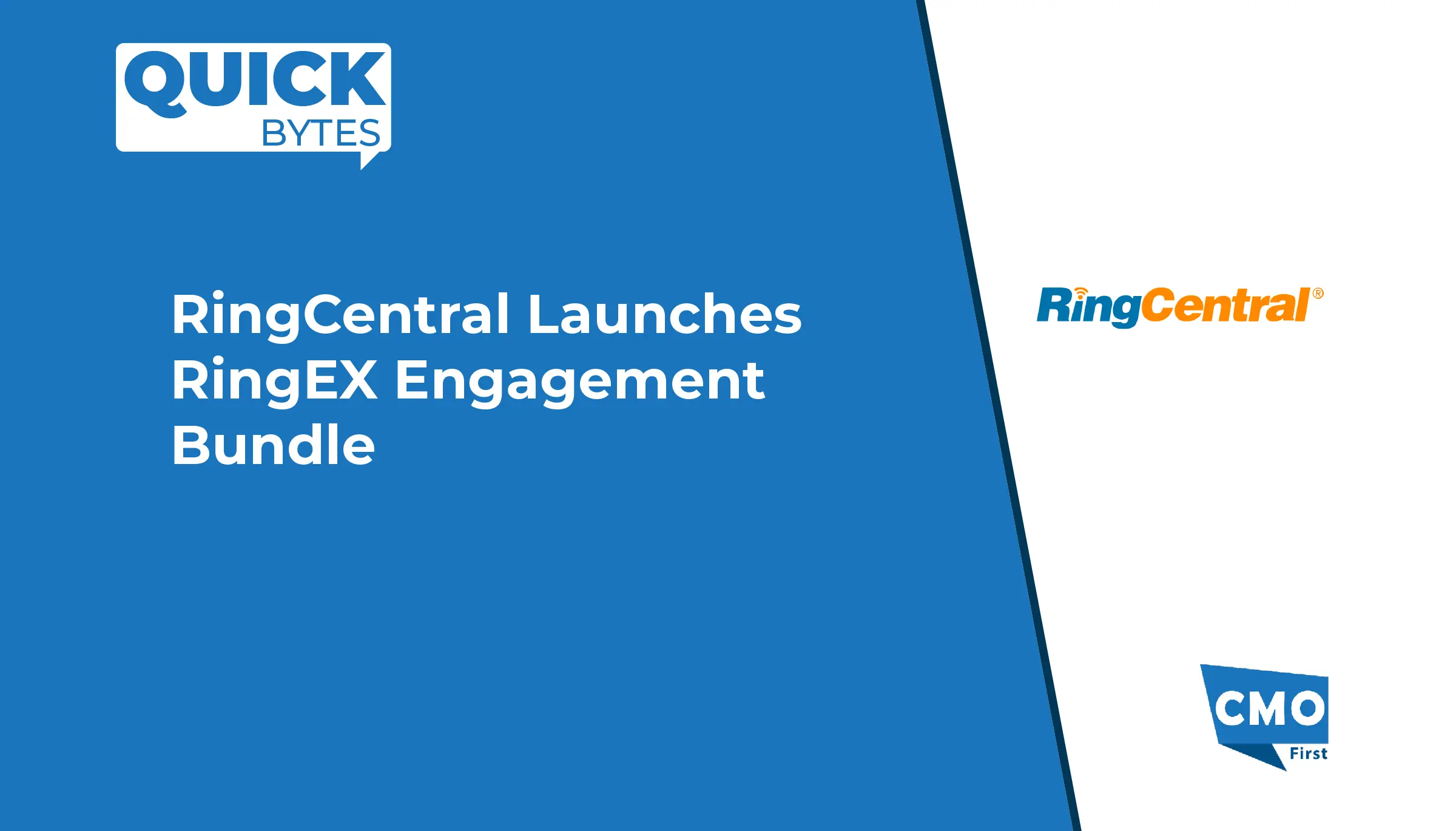
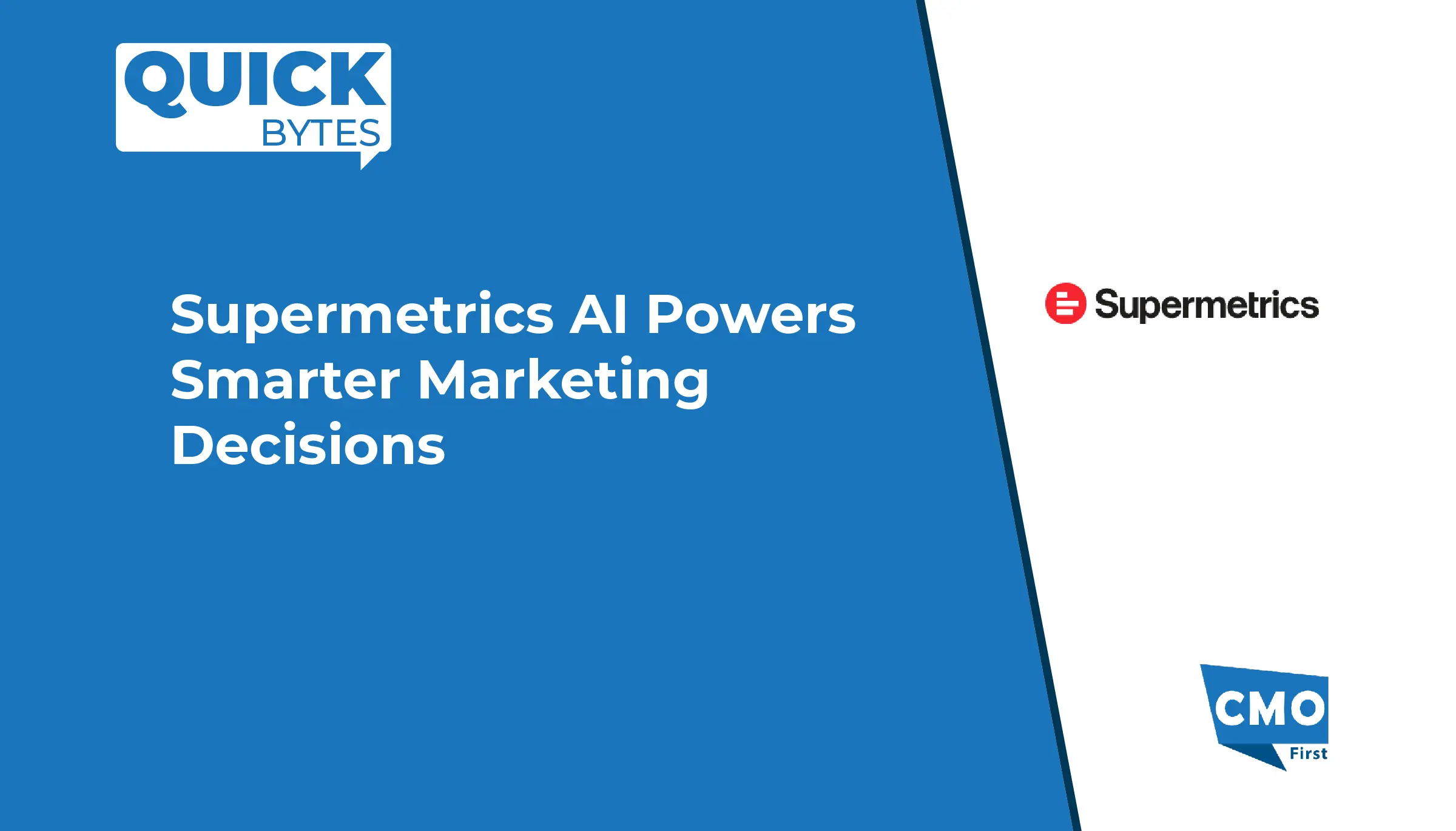

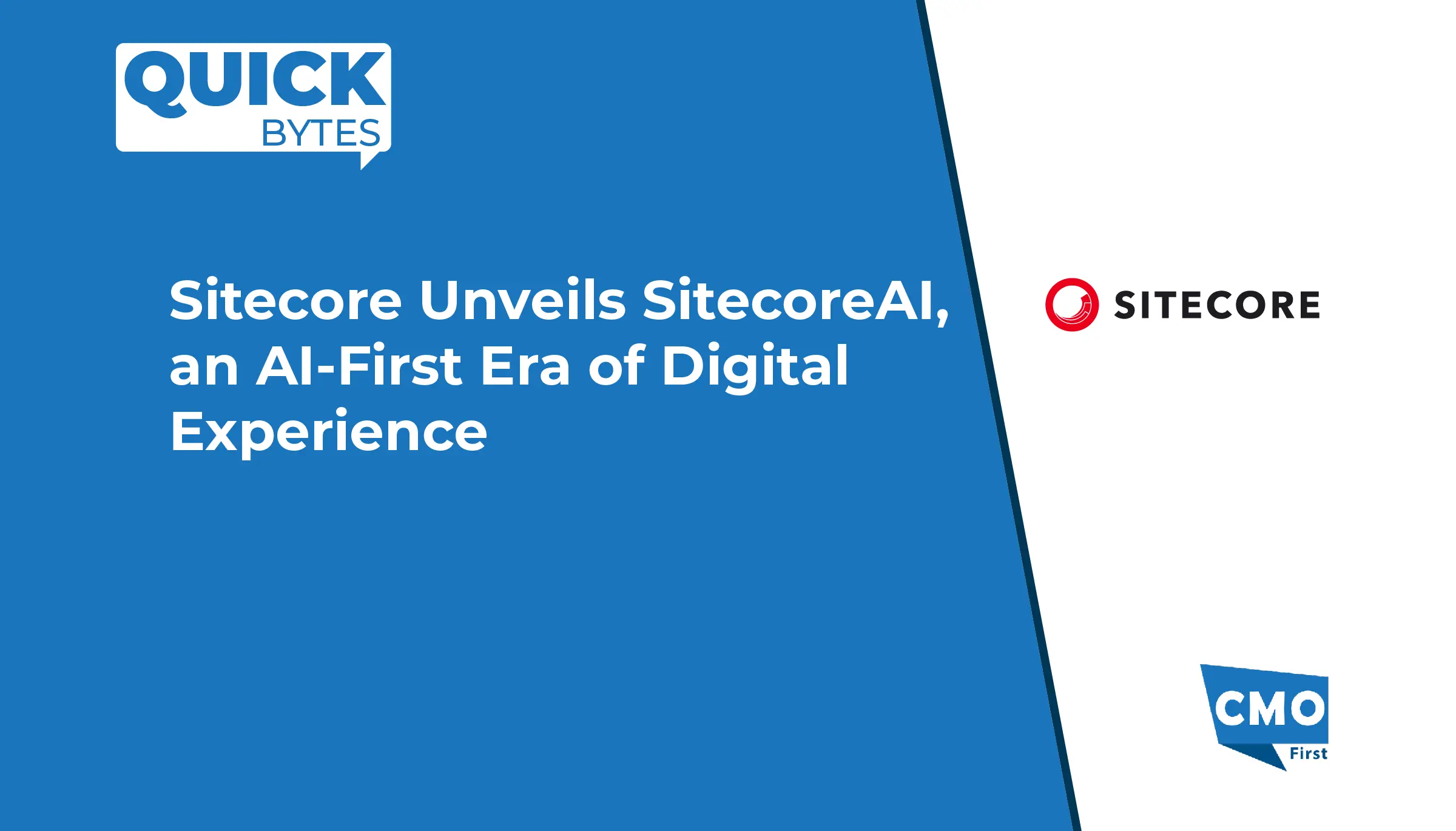
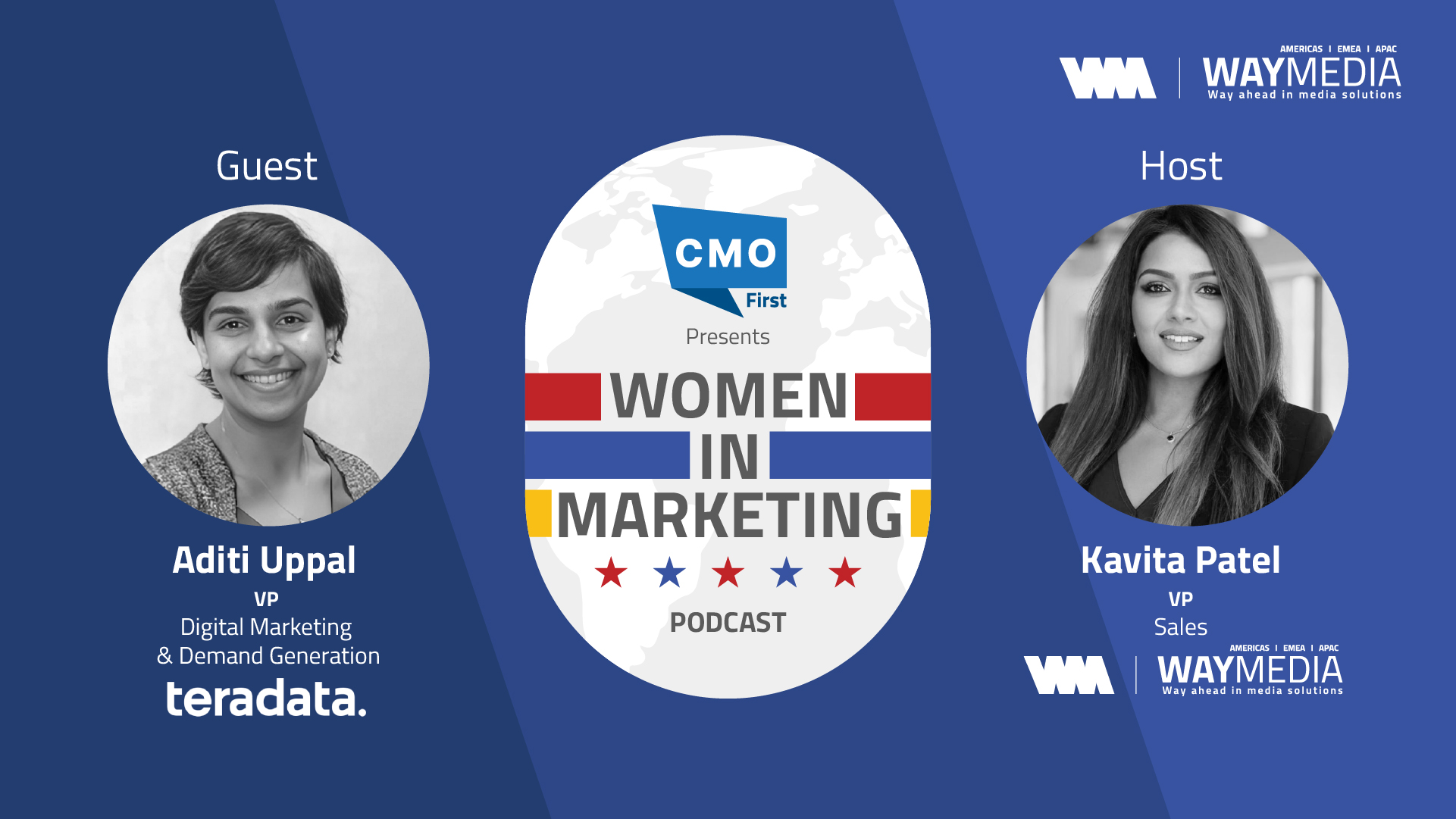



Leave a Reply